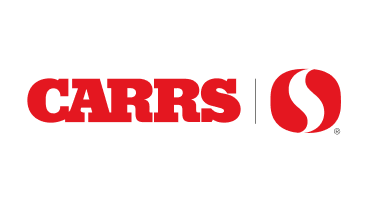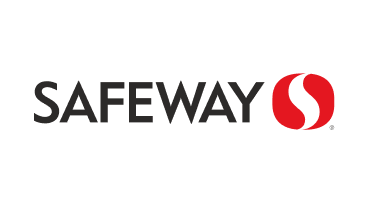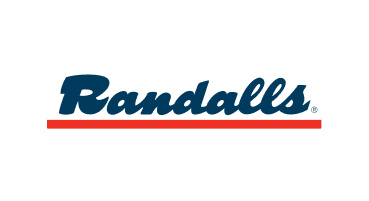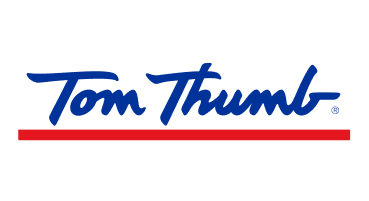Understanding Proteins



Let’s learn more about proteins, their impact on health, and how to ensure you’re getting enough.
Every cell in your body contains proteins.[1] To function properly, these cells need additional protein from food sources. Whether the protein comes from animal products or plant-based sources, eating protein-rich foods is good for your cells and contributes to your overall health.
What is protein?
Proteins are made of tiny molecules called amino acids that link together in chains.[2] There are 20 unique types of amino acids.[3] Different combinations of amino acids make up the proteins in your muscles, tissues, bones, skin, and hair.
There are 2 main types of amino acids:
- Essential amino acids are nutrients that your body cannot make; they only come from the foods you eat. There are 9 essential amino acids.[4] Foods that provide all 9 are considered complete proteins. Examples of complete proteins include meat, seafood, eggs, dairy foods, and soy.
- Nonessential amino acids are made by your body. You can also get some nonessential amino acids from foods, such as vegetables, nuts, and grains.[5]
How much protein should you have every day?
Your protein needs are as unique as you are. Factors such as age, sex, and weight play a role in determining how much each person needs. People who are physically active, pregnant, or breastfeeding often need more protein.[6] That’s why the amount of protein you need may be vastly different from your spouse, sibling, or friend.
To help determine how much protein you need each day, there are 3 rules of thought to consider:
- MyPlate: The USDA’s healthy eating tool, MyPlate, recommends filling a quarter of your plate with protein-based foods.[7]
- Percent of calories: If you’re counting calories, aim to get at least 15% of your daily calories from protein sources.[8] This means someone who eats 2,000 calories a day should get 300 of those calories in protein. This is equal to 75 grams of protein since 1 gram of protein has 4 calories.
- Recommended Dietary Allowance (RDA): The RDA is about 7 grams of protein for every 20 pounds of body weight.[9] To determine your RDA, divide your weight in pounds by 20 and multiply that number by 7. Using this math, someone who weighs 150 pounds should aim for about 53 grams of protein per day
Shopping for high-protein foods
Fortunately, most of us easily get enough protein every day, regardless of which method we choose. But certain protein sources come with unwanted extras like saturated fat and sodium. For this reason, the Dietary Guidelines for Americans stress the importance of getting animal proteins from lean meats and seafood. The guidelines also recommend eating more protein-rich, plant-based foods because they also provide nutrients and fiber.
The Nutrition Facts label found on food packages shows how much protein you’re getting in each serving. If you eat more than 1 serving, remember to multiply the protein grams by the number of servings you have.
Here’s a quick breakdown of the amount of protein in popular animal- and plant-based foods:
Sources of animal-based protein[10]
Animal-based products tend to be high in protein, though they may also have more fat and cholesterol. These include:
Product Grams of Protein
½ cup cottage cheese 14
5 ounces plain, nonfat Greek yogurt 12 to 18
8 ounces skim or low-fat milk 8
3 ounces raw or cooked beef, fish, poultry, pork, or lamb 21
3 ounces raw or cooked seafood, such as crab or shrimp 18
1 egg 6
Plant-based protein sources
You may be surprised to learn that plants and whole grains are also good sources of protein. These include:
Product Grams of Protein
½ cup cooked lentils 12[11]
8 ounces soy milk 7[12]
2 tablespoons natural peanut butter 8[13]
½ cup cooked edamame 9[14]
1/2 cup cooked quinoa 4[15]
¼ cup nuts or sunflower seeds 4 to 6[16]
1 ounce tofu 3[17]
1 slice whole-wheat bread 4[18]
Benefits of protein
Protein helps fuel your body and promotes better health by:
Helping protect your heart health
Studies show that getting more proteins from plants than animals can lower total cholesterol and low-density lipoproteins (LDL or “bad cholesterol”).[19] As a result, your risk of heart disease drops.[20]
High-protein plant sources are cholesterol-free. And leaner meats like chicken, as well as seafood, have unsaturated fats, which can lower cholesterol.[21] While red meat has saturated fat, it’s OK to enjoy an occasional lean steak or hamburger.
Aiding weight management
Compared to other nutrients like carbohydrates and fat, a small amount of protein goes a long way to filling you up. Because it takes your body longer to digest protein, you feel full longer.[22] When you feel full, you’re less likely to reach for snacks in between meals.
Other factors are also at play:
- Protein decreases how much ghrelin (the hormone that arouses hunger) you make.[23]
- At the same time, protein increases your production of a hormone called peptide YY that makes you feel full.[24]
Can you overdo it on protein?
As with many things in life, it’s possible to get too much of a good thing, including protein. Too much protein may be bad for your:
- Bones: Your body releases acids into your bloodstream to break down protein. It uses calcium to neutralize these acids. If you’re low in calcium, your body pulls this mineral from your bones, increasing your risk of osteoporosis.[25]
- Kidneys: Your body releases waste products into your bloodstream when it breaks down protein.[26] If you have too much protein, your kidneys work harder to remove it. Excess protein can then build in your blood. You’re most at risk for protein-related kidney issues if you have diabetes or kidney disease.[27]
In summary: Make protein a daily dietary choice
Proteins are an essential part of a well-balanced diet. Because your body can’t store protein the way it does carbs and fat, it’s important to include protein in your diet every day. Remember, the healthiest proteins are high in nutrients but low in saturated fat, and added sodium and sugar.
Now that you know the benefits of protein, use the Sincerely Health nutrition tools in the BANNER app can help you reach your goals.
You can start by downloading the BANNER app. You’ll save $10 on groceries for creating an account. Next, create a personalized Sincerely Health nutrition profile to receive 1,000 points.*
Your nutrition profile allows you to:
- Set specific nutrition goals.
- Earn 10 points* for items you purchase for a maximum 100 points per order (that’s 10 items at 10 points each).
Sign up for Sincerely Health and create a nutrition profile to help you start eating more protein today!





























